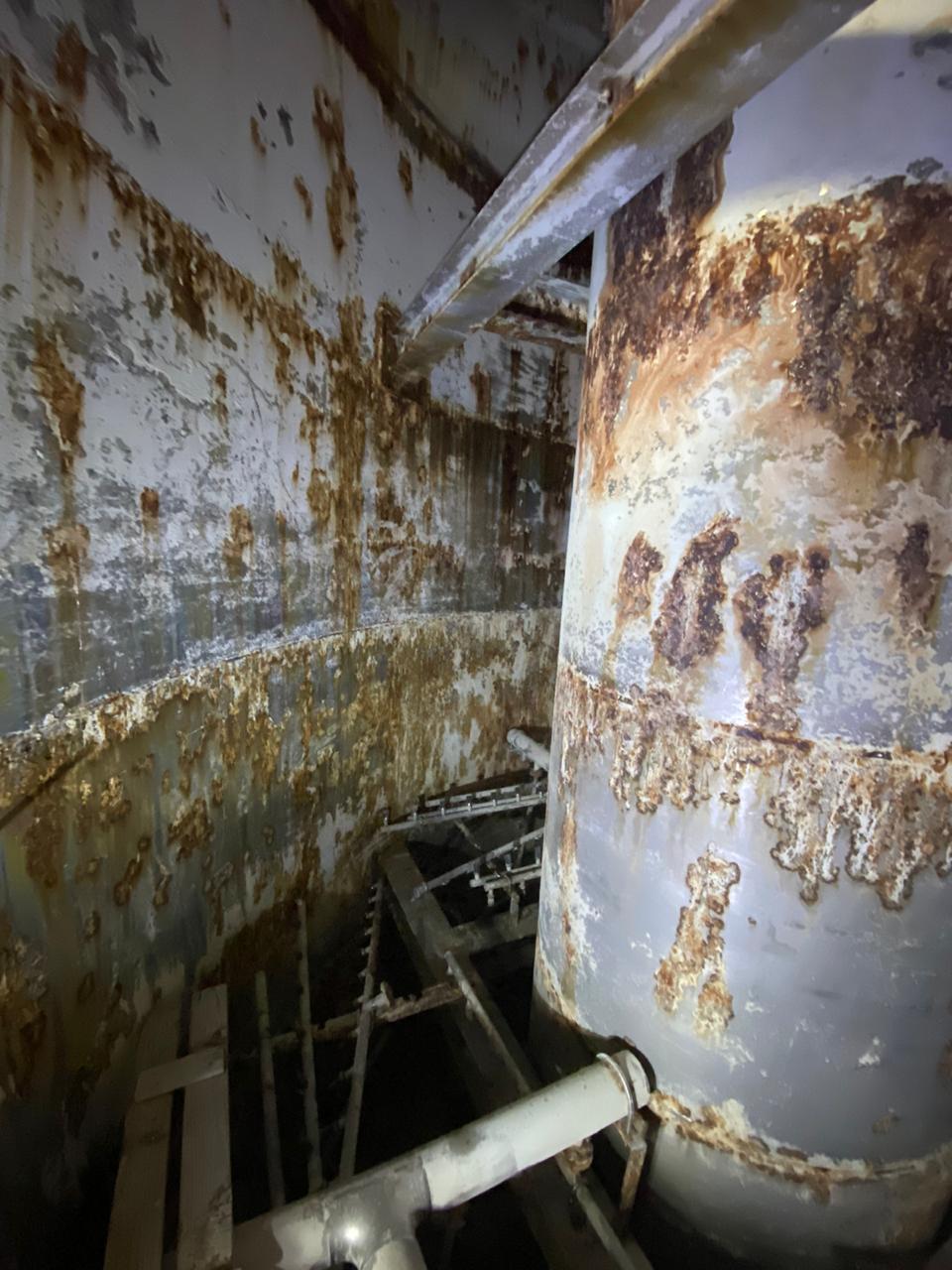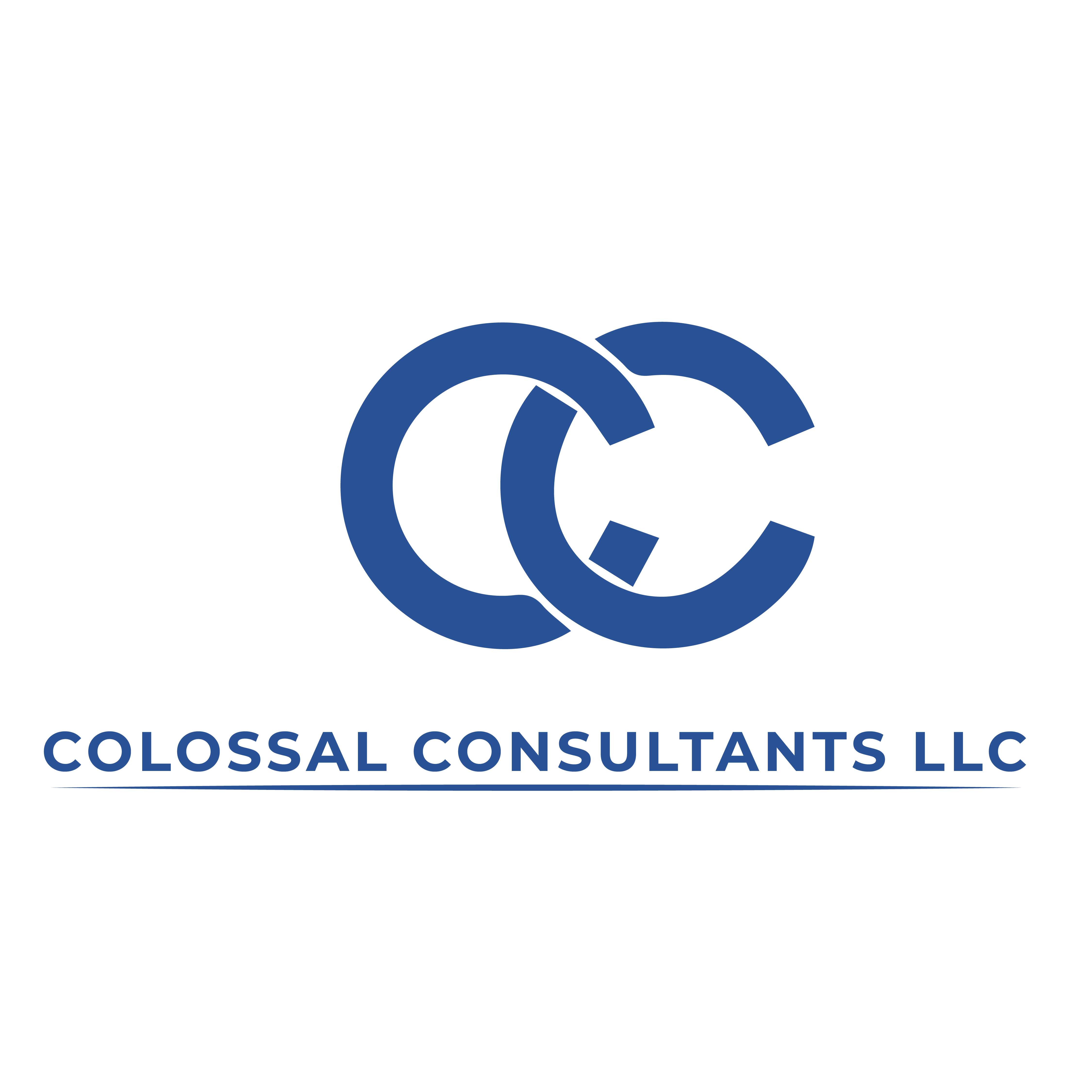Asset Integrity Management - Key Principles

Asset Integrity Management (AIM) is a methodical approach aimed at ensuring the safety, dependability, and efficiency of industrial assets throughout their entire lifecycle. It encompasses proper design, construction, operation, maintenance, and decommissioning of assets in order to prevent incidents, enhance performance, and minimize costs. Here are the key principles of Asset Integrity Management:
-
Risk-based approach: AIM concentrates on identifying, evaluating, and addressing risks related to asset failures by assessing the probability and consequences of potential failure scenarios and prioritizing actions according to risk levels.
-
Lifecycle perspective: AIM takes into account the whole lifecycle of an asset, covering design, construction, operation, maintenance, and decommissioning phases. This ensures effective risk management throughout the asset's life and prevents decisions made in one phase from negatively impacting others.
-
Continuous improvement: AIM is a continuous process that adapts to evolving conditions and integrates lessons learned from previous experiences. It includes regular audits, reviews, and updates to maintain the effectiveness and relevance of the management system.
-
Compliance with regulations and standards: AIM guarantees that assets are designed, built, operated, and maintained in line with relevant laws, regulations, and industry standards, reducing the risk of non-compliance and its associated consequences.
-
Systematic documentation and record-keeping: AIM necessitates thorough documentation of asset-related information, such as design specifications, maintenance records, inspection outcomes, and incident reports. This data is crucial for managing risks, organizing maintenance tasks, and proving regulatory compliance.
-
Competency and training: It is vital to ensure that personnel involved in asset management possess the required skills, knowledge, and expertise to maintain asset integrity. This involves offering ongoing training and development opportunities to keep staff current with the latest technologies and best practices.
-
Communication and collaboration: Successful AIM implementation relies on effective communication and collaboration among stakeholders, including asset owners, operators, regulators, and contractors. This ensures that everyone is aware of their roles and responsibilities and works together to achieve shared objectives.
-
Performance monitoring and measurement: AIM entails the regular monitoring and measurement of asset performance to identify trends, detect anomalies, and evaluate the efficacy of management strategies. Establishing key performance indicators (KPIs) is essential to track progress and promote continuous improvement efforts.
-
Proactive maintenance and inspection: AIM stresses the importance of proactive maintenance and inspection activities to detect potential issues before they result in asset failures. This involves adopting preventive, predictive, and condition-based maintenance approaches to optimize asset performance and prolong asset life.
-
Management commitment and accountability: The success of an AIM program is largely dependent on the dedication and accountability of senior management. This involves allocating necessary resources, setting a clear vision and objectives, and cultivating a culture that prioritizes asset integrity and safety.
